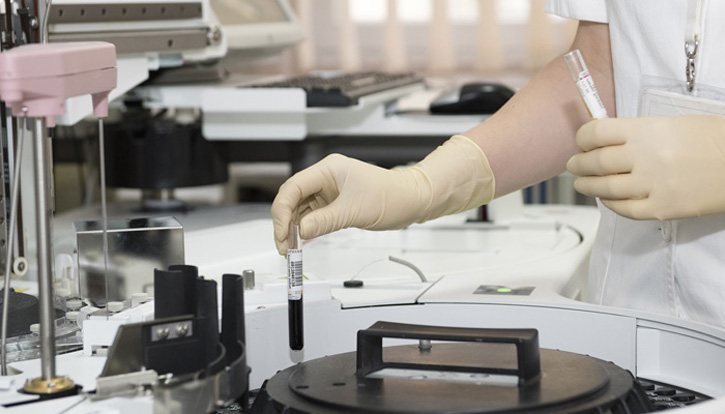Project Description
Utility company needs laboratory for reliable condition assessment, investigation and IEC Testing on a utility transformer corrosive sulphur problem to assist us with understanding of our problem, assist with identifying causes and possible solutions. Various different test were performed on the oil (DIN, IEC and ASTM D 1275B). All test come back negative. (flash over in tap selectors) due to corrosive sulphur. Our problem is mainly associated with silver, therefore caused likely by the more reactive sulphur compounds. When we had the failure we took various samples to the CSIRO for test. CEM testing were performed and it was found that we have silver sulphide and copper sulphide on tap selector silver contacts. On LV brazed joints (silver used for brazing) there was also silver sulphide and copper sulphide. Both silver sulphide and copper sulphide is the product of corrosive sulphur. We would like understand the corrosive sulphur better at least in terms of the following: Break down (ppm) of the different sulphur compounds in the oil for instance elemental (free) sulphur, Mercaptans, Sulphides, disulphides, thiophenes etc. Currently the only reliable condition assesment tool that we have is to physically drain oil and visual inspect the tap selector and brazed joints. In the beginning one will see a tarnish and later black silver sulphide flakes. This is very expensive, has its own risks and one will only find out about it too late. You already has a problem. Based on above we intend to define how we could reduce the risk of the problem. There is various options for instance passivation, oil reclaiming, sodium treatment, flushing and complete oil change, decontamination and physical removal of the conductive silver sulphide/copper sulphide etc. We would like to have a reliable local lab to assist us and perform oil tests. Based on above I propose the following oil test as a start. ASTM D5623 which is a GC analysis that analyzes for about 50+ different sulfur compounds including mercaptans, sulfides, disulfides and thiopehenes. Results to be provided DBDS IEC 62697 Elemental Sulphur test (options Doble or CIGRE A2.40 working with IEC TC 10 WG 37 to create new test method). Corrosive Sulphur test IEC 62535 (sealed and breathing therefore 2 tests).
Project Information
Number:15-00524

